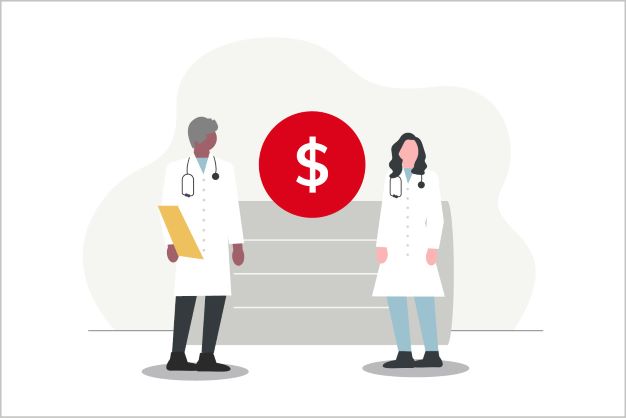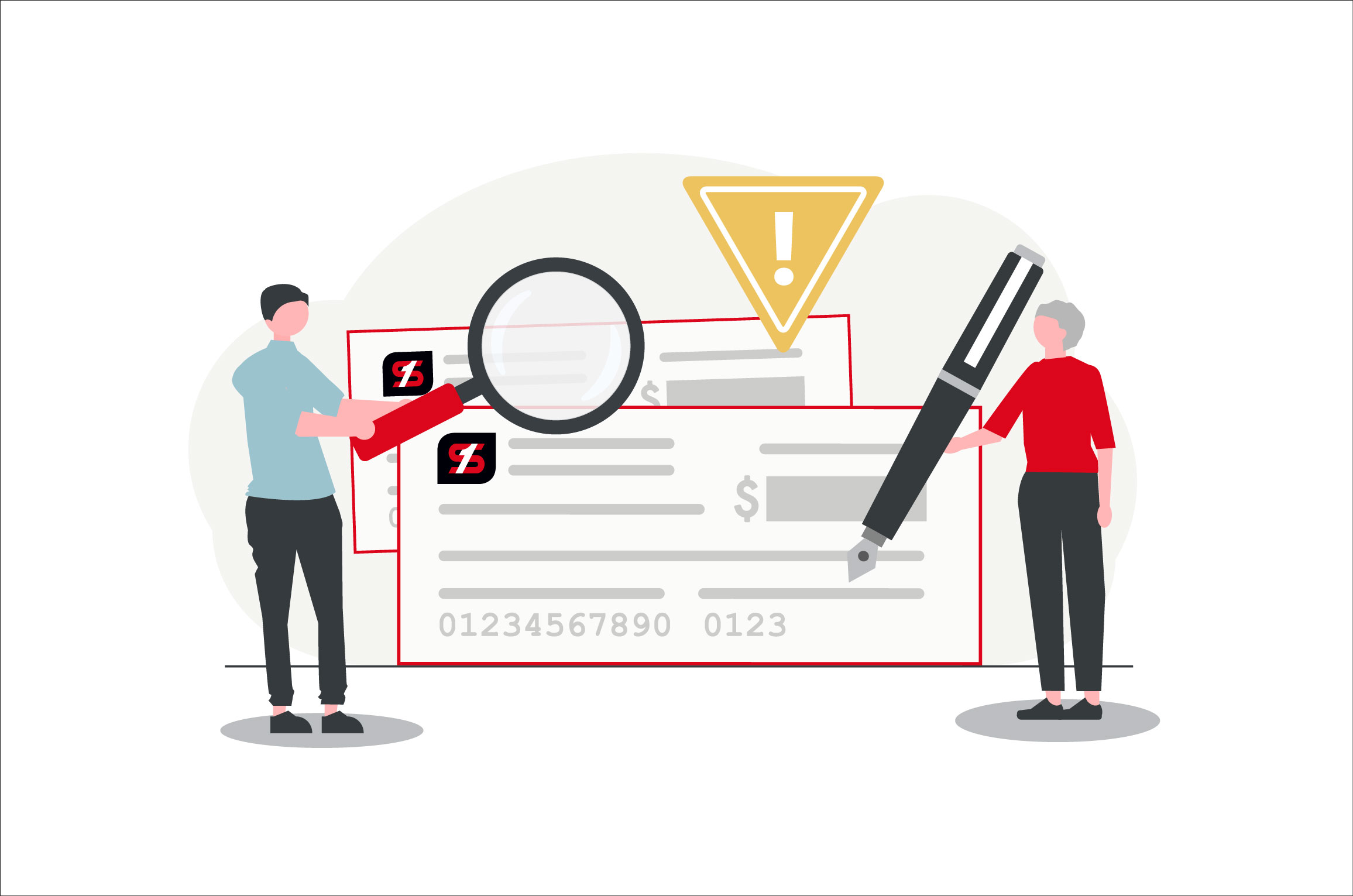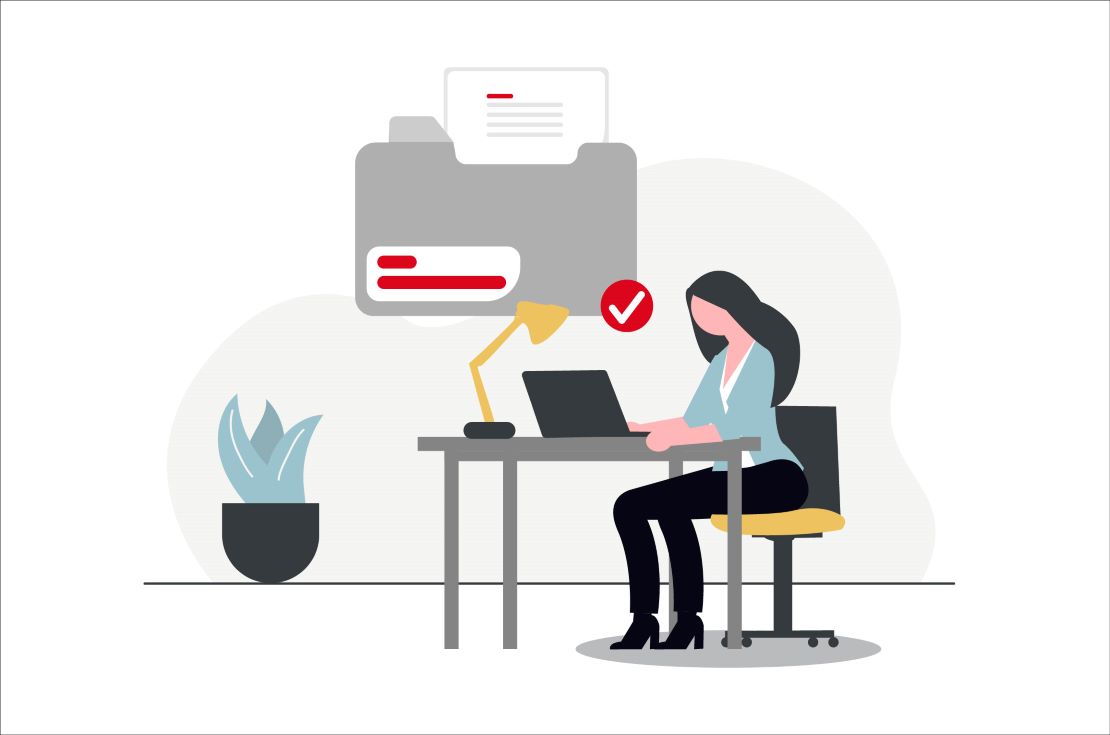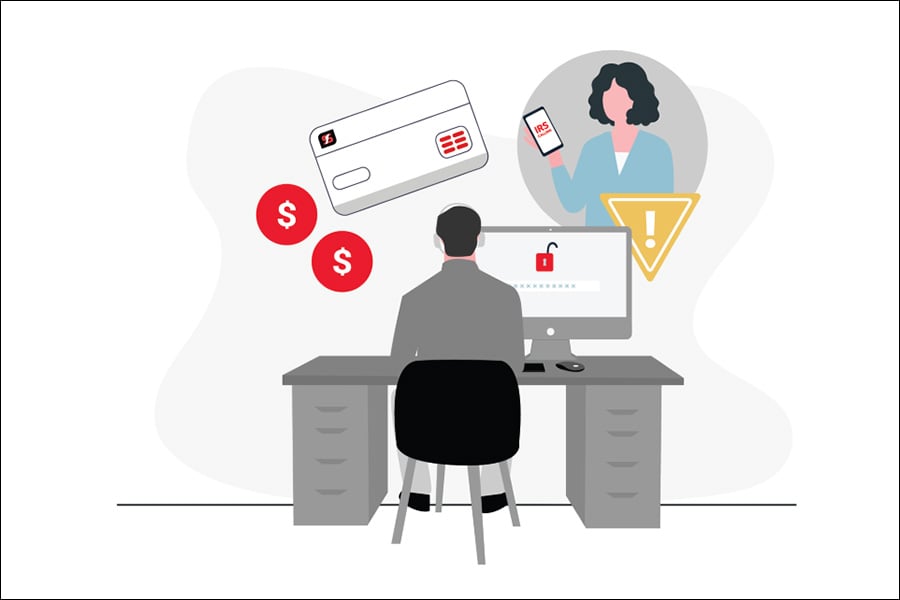How to save for the unexpected
Establish your financial safety net
Financial surprises are inevitable. An emergency fund serves as your financial safety net, providing peace of mind today and security for tomorrow's uncertainties. By having a plan in place, you gain the flexibility to navigate challenges without compromising your financial stability.
Steps to grow your emergency fund
1. Define your why
When establishing an emergency fund, it's important to define what you are saving for. Understanding your goals will help you stay disciplined when setting money aside. Consider what you want your emergency fund to cover. For many, this may include expenses like medical bills, job loss, or unexpected home or car repairs.
2. Set a savings goal
The amount you need in your emergency fund varies on an individual basis. A general rule of thumb is to save 3-6 months’ worth of expenses, which provides a solid starting point. It’s also beneficial to consider the common unexpected expenses you’ve experienced in the past and their costs. This reflection will help you establish a more personalized savings goal for your emergency fund.
3. Create a savings strategy
An essential step in saving is managing your cash flow with a budget. Once you’ve determined how your money is allocated, you can start identifying opportunities to save. If you’re trying to build your emergency fund quickly, look for one-time opportunities, such as a tax refund or a bonus.
4. Determine where you will save
There are many options for storing your emergency funds and your savings goal will help determine where to keep your money based on how quickly you will need access. A health savings account is a great choice for covering medical expenses, while a savings account is ideal for immediate emergency costs. For long-term savings goals, an employer-sponsored 401(k) or IRA is a good option.
5. Review and adapt
It's important to track your progress toward your emergency fund goal. Schedule regular check-ins to assess your savings growth. As your income and expenses change, you can adjust your contribution amounts or set new goals that reflect your current financial situation.
Let’s review:
Having money reserved for unexpected expenses enables you to confront challenges with confidence, preventing you from accumulating high-interest debt or the stress of quickly adjusting your finances. When you’re prepared, you can live without the persistent worry of “what if.” An emergency fund serves as both a safety net for life's surprises and a foundation for building lasting financial strength.
This article is for educational purposes only and is not intended to be financial, investment, legal, or tax advice. Always consult a qualified professional about your personal situation.






